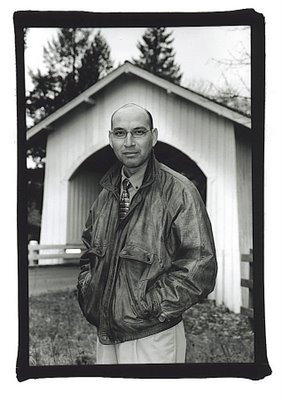From a Cubist's Perspective
In every photographer there was a painter, a true artist, awaiting expression. -Pablo Picasso
 About one hundred years ago, two visionary painters launched a movement and style that would revolutionize the world of art even today. They collaboratively experimented with a system which sought to totally flatten space, defy the physical laws of gravity and nature, and delight in confusing the spectator at every possible turn. Both Pablo Picasso and Georges Braque introduced Cubism, but my recent visit to the San Francisco Museum of Modern Art and the exhibit, "Picasso and American Art", provided the inspiration for this post--so it's Picasso's legacy and work we will discuss and focus on.
About one hundred years ago, two visionary painters launched a movement and style that would revolutionize the world of art even today. They collaboratively experimented with a system which sought to totally flatten space, defy the physical laws of gravity and nature, and delight in confusing the spectator at every possible turn. Both Pablo Picasso and Georges Braque introduced Cubism, but my recent visit to the San Francisco Museum of Modern Art and the exhibit, "Picasso and American Art", provided the inspiration for this post--so it's Picasso's legacy and work we will discuss and focus on.Picasso's early Cubist paintings featured an ambiguous sense of space by utilizing geometric shapes to flatten and simplify form and extremely bright colors to express structure rather than emotion. A few years later, "Analytical Cubism" evolved, and Picasso abandoned color for monochromatic tones and he deconstructed objects and rearranged them on the canvas intersecting and interpenetrating one another to depict different viewpoints simultaneously. Traditionally, artists tended to represent one specific viewpoint at one specific moment in time; Picasso felt this was too limiting and wished to portray an object from several angles and at multiple moments in time. This new development led me to ponder Cubism and its application to photography.
 Considering the attributes and effects a Cubist work is striving to communicate, I believe a multiple exposure on a single frame of film fulfills most of these qualities. Aside from the flattened sense of space(after all, photography is predicated on illustrating three dimensions on a two dimensional plane), a multiple exposure captures various moments in time with intersecting and overlapping planes. An early example of unintended Cubism in my career is this triple exposure of Tanya Tucker in concert(note: this photo required 108 separate exposures on a 36 exposure roll of film--only one frame proved to be publishable.)
Considering the attributes and effects a Cubist work is striving to communicate, I believe a multiple exposure on a single frame of film fulfills most of these qualities. Aside from the flattened sense of space(after all, photography is predicated on illustrating three dimensions on a two dimensional plane), a multiple exposure captures various moments in time with intersecting and overlapping planes. An early example of unintended Cubism in my career is this triple exposure of Tanya Tucker in concert(note: this photo required 108 separate exposures on a 36 exposure roll of film--only one frame proved to be publishable.) 
Later on, I realized the most effective way to represent a successful day of angling on the Crooked River(for my photo essay/book project, Fly Fishing Oregon in Black and White), was by using a double exposure of river run and trout. Since then, thanks to my SFMOMA visit, Picasso's visual lessons have inspired me, and now I vow to return with a new body of work from a Cubist's perspective.



0 Comments:
Post a Comment
<< Home